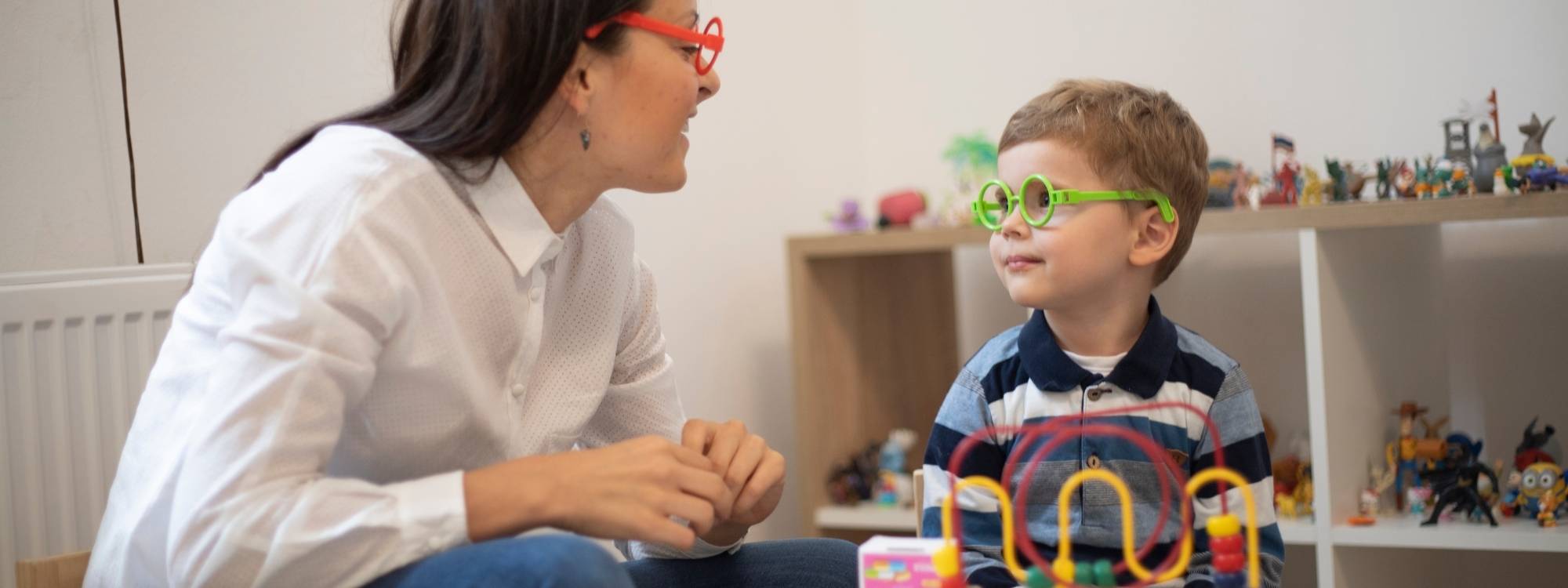How Common Is Autism? Prevalence, Causes & Support
Introduction to Autism Spectrum Disorder
Autism Spectrum Disorder (ASD) is a neurodevelopmental disorder that affects how people learn, communicate, and interact socially. It exists on a broad spectrum, meaning that no two autistic individuals experience it the same way. Symptoms and support needs can vary significantly, ranging from minimal to substantial. Many people often ask, “how common is autism?” Understanding its prevalence helps shed light on the importance of early diagnosis, tailored support, and greater acceptance for individuals across the spectrum.
Over the years, increased autism awareness and improvements in autism diagnosis have helped identify more people, especially at earlier ages. This evolution in understanding has contributed to a noticeable rise in reported autism prevalence, sparking important questions like how common autism is and what that means for children, adults, families, and society as a whole.
According to the Centers for Disease Control and Prevention (CDC), approximately 1 in 36 children is diagnosed with autism in the United States. This includes about 4% of boys and 1% of girls, highlighting the gender differences in autism diagnosis that researchers are still working to fully understand.
Prevalence and Diagnosis
Autism prevalence has risen dramatically over the last two decades, with significant increases reported both in the U.S. and globally. According to CDC surveillance data through the Autism and Developmental Disabilities Monitoring (ADDM) Network, prevalence rates have steadily increased from 1 in 150 children in 2000 to 1 in 36 children in recent years.
This rise is not necessarily indicative of an autism epidemic. Instead, it reflects better screening tools, updated diagnostic criteria in the DSM-5, greater awareness, and improved access to services. Many children today are being identified earlier thanks to developmental screening initiatives led by pediatricians and schools.
Autism is often diagnosed during early childhood, though many adults are diagnosed later in life, especially women and people of color, who historically face disparities in access to diagnosis and support services. Diagnosis is based on behavioral observations, developmental history, and standardized assessments conducted by specialists such as developmental pediatricians and child psychologists.
Genetic and Environmental Factors
Scientific research points to a combination of genetic and environmental factors that contribute to autism. Studies involving twins, siblings, and large population groups show that genetics plays a substantial role. For example, a family with one autistic child has a 2–18% chance of having another child with autism.
Environmental influences, especially those occurring during pregnancy and birth, also contribute. These can include advanced parental age, low birth weight, complications during delivery, and exposure to certain chemicals or medications.
It is important to emphasize that vaccines, including the MMR vaccine, do not cause autism. Numerous studies have thoroughly debunked this myth. The focus of current autism research continues to explore gene-environment interactions and how early-life exposures may influence brain development.
Characteristics and Support
Autistic individuals have a range of characteristics, from differences in social communication to repetitive behaviors and intense interests. While some may have co-occurring conditions like intellectual disability or epilepsy, many have average or above-average intelligence.
Some common traits include:
- Difficulty understanding nonverbal cues like facial expressions and body language
- Repetitive behaviors, such as hand flapping or echolalia
- Sensory sensitivities to sounds, lights, or textures
- Focused interests or routines
Support needs vary based on the individual. Many benefit from early intervention and therapies such as:
- Speech and language therapy
- Occupational therapy
- Behavioral interventions like Applied Behavior Analysis (ABA)
- Social skills groups
Enabling environments, those that adjust communication styles, classroom settings, and social expectations, help autistic individuals thrive in education, employment, and community life.
Impact on Individuals and Families
Autism affects not only the individual but also their families and caregivers. Parents of autistic children may navigate a complex system of medical, educational, and therapeutic services. Many report experiencing elevated levels of stress and burnout, particularly in the early years after diagnosis.
Supportive services like parent training, respite care, and peer networks can help families cope. As children grow, support needs shift, and transition planning for adolescents and young adults is often one of the most under-resourced areas.
For autistic adults, challenges may include employment barriers, difficulty forming relationships, or managing mental health conditions like anxiety and depression. Ongoing services, such as vocational training and adult social groups, are essential for promoting independence and well-being.
Autism in Society
Autism is increasingly recognized as a public health issue with broad social implications. Schools, healthcare systems, and workplaces must adapt to serve a growing population of autistic individuals.
Societal attitudes play a major role. Awareness campaigns have led to more acceptance, but stigma still exists, especially in underserved and culturally diverse communities. Autistic people from ethnic minority backgrounds may face delayed diagnosis or lack access to culturally competent care.
Inclusion efforts go beyond education. Employers are learning the value of neurodiverse talent and creating programs to recruit and support autistic employees. Public policies that promote accessibility and inclusion make a tangible difference in the quality of life for autistic individuals and their families.
Research and Advocacy
Autism research is evolving rapidly, with a growing emphasis on not just causes but also quality of life outcomes. Researchers are exploring everything from brain imaging and genetics to behavioral interventions and environmental influences.
At the same time, the autism advocacy movement, led by autistic individuals, families, clinicians, and nonprofit organizations, pushes for better policies, earlier access to services, and increased funding for community-based supports. Many voices now call for more inclusive, person-centered research that reflects the real-world challenges faced by autistic people.
Collaboration among healthcare providers, educators, researchers, and advocacy groups is key to shaping effective services and building a more inclusive society.
Conclusion
Autism is more common today than it was two decades ago, not because the condition itself is more prevalent, but because we’ve improved our ability to recognize, diagnose, and support autistic individuals. With around 1 in 36 children diagnosed and growing numbers of adults seeking evaluation, the question of how common autism is has become a central public health issue. Ongoing research, early identification, and access to inclusive support services are essential in helping autistic people of all ages live full, supported lives.
At Champions ABA, we support autistic individuals and their families through personalized, evidence-based services. Whether you’re seeking a diagnosis, early intervention, or ongoing behavioral support, our expert team is here to help. Call (877) 242-1744 or visit our website to learn more about how we can partner with you.
FAQs
What percent of the population has autism?
Recent data from the CDC estimates that about 1 in 36 children in the U.S., approximately 2.8%, are diagnosed with Autism Spectrum Disorder. This number varies by location and demographic group, but it reflects an increasing awareness and identification of autism.
What is 90% of autism caused by?
While no single cause accounts for all autism cases, research suggests that up to 80–90% of autism risk can be attributed to genetic factors. This includes inherited genetic traits as well as spontaneous mutations. Environmental factors may also play a role, especially during early brain development.
How do I know if I am autistic?
If you consistently experience challenges with social communication, sensory sensitivities, and repetitive behaviors that impact daily life, it may be worth seeking an evaluation. A psychologist or developmental specialist can conduct a formal assessment and provide guidance based on diagnostic criteria.
Why is autism so common now?
The rise in autism diagnoses is due to several factors, including better screening practices, expanded diagnostic criteria, increased public awareness, and improved access to services. It’s not that autism itself is more common; it’s that we are now better equipped to identify and support autistic individuals.



